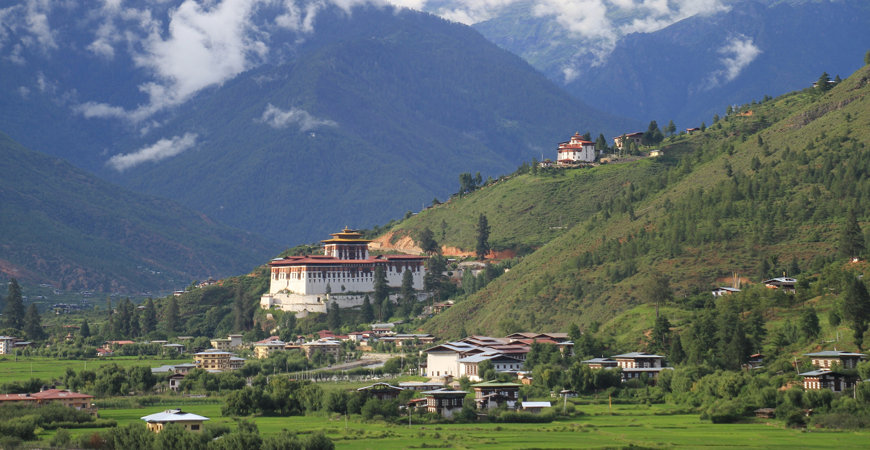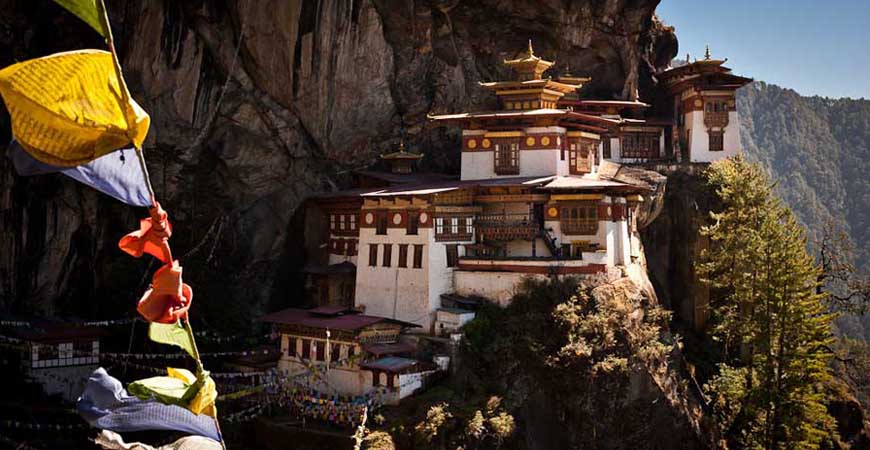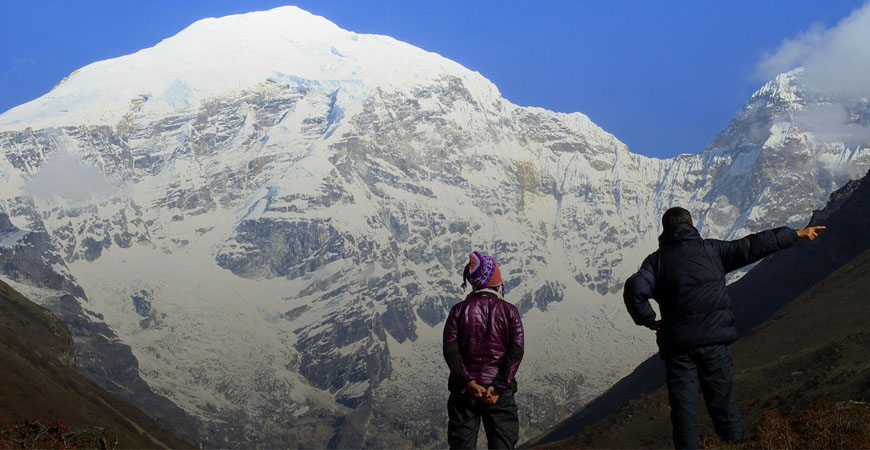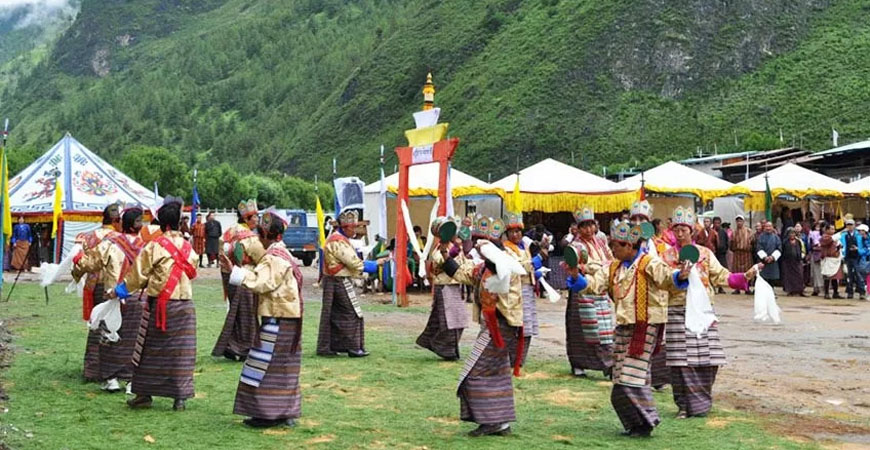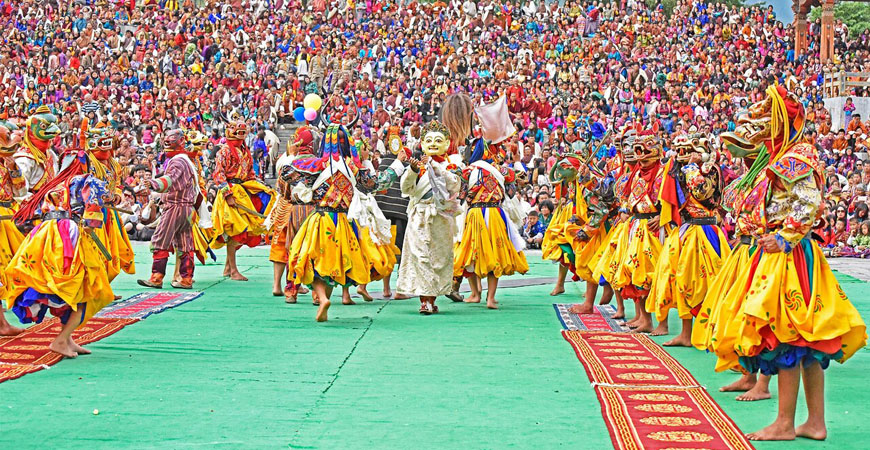03 Nights / 04 Days
Trongsa Dzong:Trongsa Dzong is a strategically located fortress and monastery in central Bhutan. It holds significant historical and cultural importance as the ancestral home of the royal family of Bhutan. Perched on a steep ridge overlooking the Mangde Chhu river, Trongsa Dzong is an imposing structure with a labyrinth of courtyards, temples, administrative offices, and residential quarters. It served as a pivotal stronghold controlling east-west trade routes and played a crucial role in Bhutan's unification under the leadership of the Wangchuck dynasty. Today, it remains an iconic symbol of Bhutanese architecture and heritage. Chendbji Chorten:After a three-hour drive from Wangdue Phodrang, you'll reach Chendebji Chorten, inspired by Kathmandu's Swayambhu Nath temple. Built in the 18th century by Lama Shida from Tibet, legend has it that the chorten was erected to conceal the remains of an evil spirit subdued at that very spot. Ta Dzong:Ta Dzong proudly perches on a hilltop, commanding views over the Mangde Chhu River. Constructed in 1652, it initially functioned as a formidable defensive bastion and later emerged as a pivotal administrative hub in Bhutanese history. The architecture showcases traditional Bhutanese elements, featuring soaring whitewashed walls, roofs adorned in red and gold, and intricately painted woodwork. Beyond its architectural splendor, Trongsa Ta Dzong holds profound cultural and historical significance as one of Bhutan's most strategically positioned dzongs (fortresses). |

